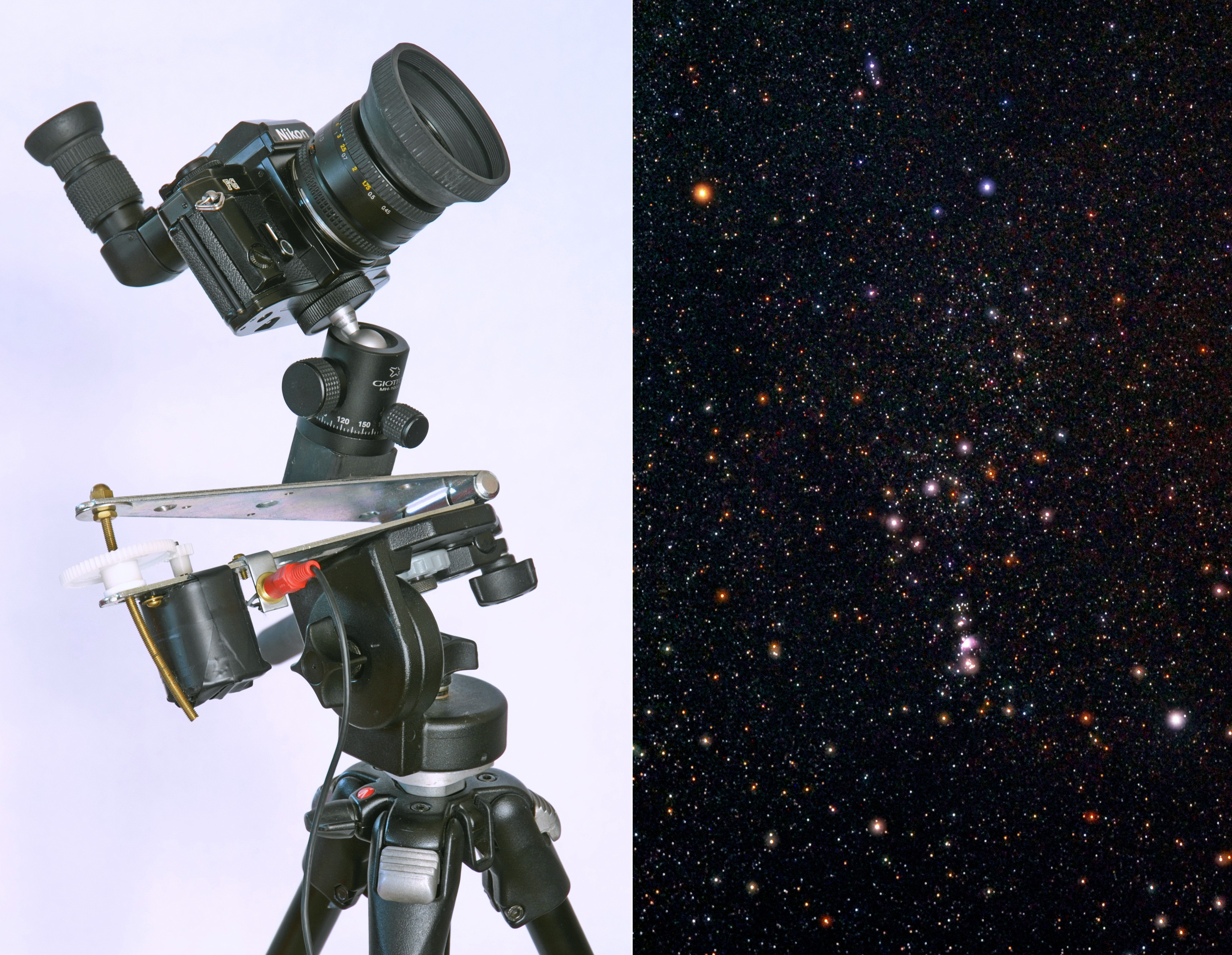Modern digital SLR cameras have made nighttime photography tremendously popular. Star-filled landscape photos and glorious images of the Milky Way and distant galaxies are now within the reach of aspiring astrophotographers. Combining previously unheard-of sensitivity with game-changing image quality, these technological marvels can turn night into day. But what a DSLR can’t do is stop the Earth from turning.
Put your camera on a regular tripod, and in just a few seconds of exposure, the stars begin to transform from intense points of light into elongated streaks. The longer the exposure, or the greater the focal length of your camera’s lens, the more pronounced the effect becomes. Blame it on the turning Earth. The same motion that makes the Sun appear to rise in the east and set in the west also carries the stars across the sky. The only way around it is to move your camera in the opposite direction at the same speed — one rotation per day. In a nutshell, that’s what this nifty tracking platform does.
The Hinge Tracker accomplishes this trick the simplest way possible. A basic regulator circuit powers a DC gear-head motor, which turns a pair of gears that engage a curved length of threaded rod, and makes the hinge open at the correct speed. You can build it in a weekend about $75 or less.





